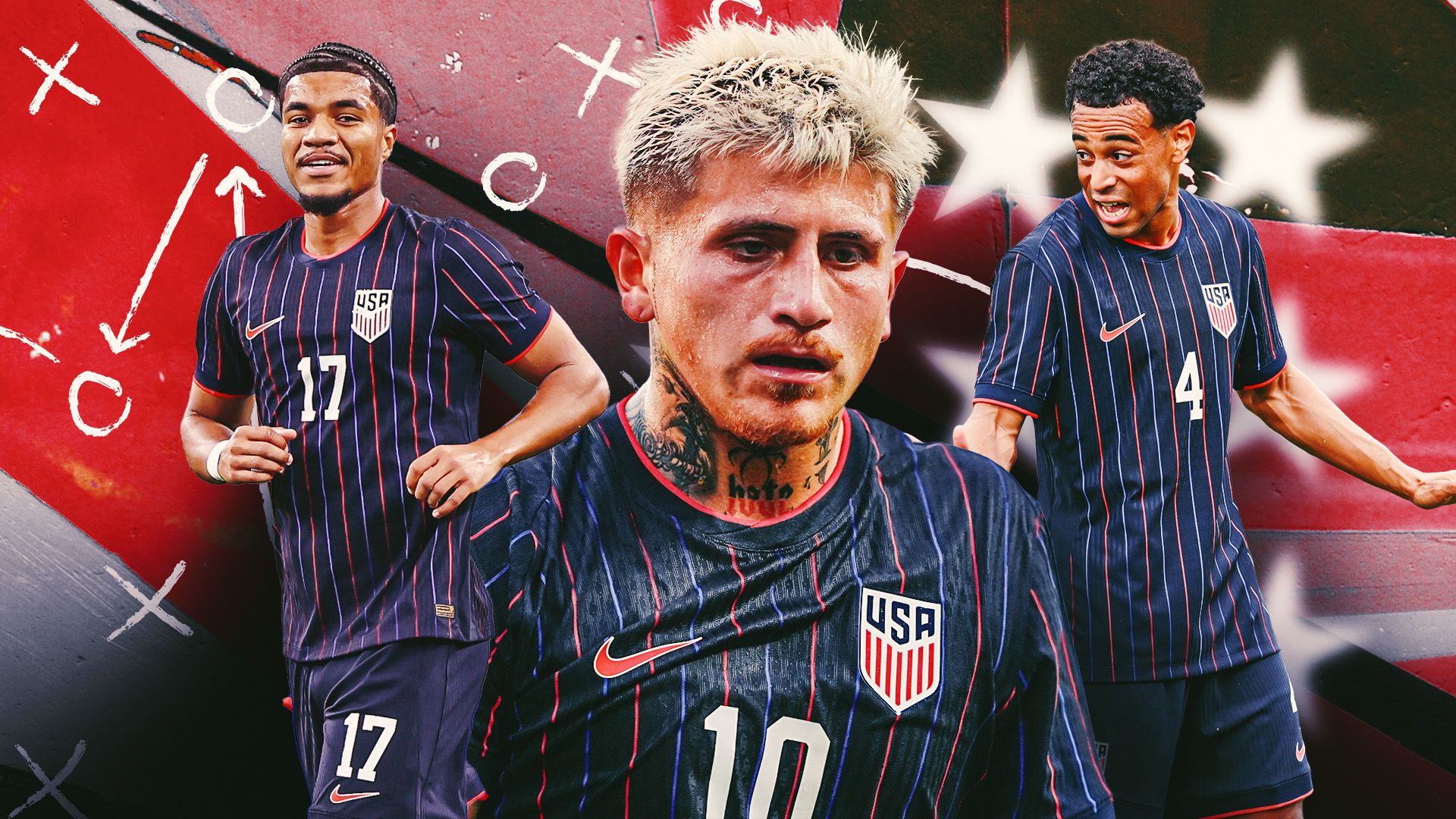USMNT Gold Cup Run Shows Pochettino’s Winning Grit
USMNT Gold Cup progress has become the unexpected masterclass in resilience engineered by Mauricio Pochettino. An under-strength squad, stitched together from MLS prospects and European fringe players, has staggered yet survived every test en route to Sunday’s showpiece. They edged Costa Rica on penalties, scraped past Guatemala 2-1 and now stare down Mexico with the nation’s eighth regional crown at stake.
USMNT Gold Cup resilience built on suffering
Pochettino never shies away from the word “suffer.” In fact, he revels in it. The Argentine coach has drilled that mindset into a locker room light on experience but rich in hunger. “Ninety minutes of hundreds of moments,” he keeps reminding his charges, demanding laser-focus on details: second balls, set-piece positioning, midfield pressing triggers. The result? A side that may lack glamour yet refuses to splinter when games turn frantic.
Pochettino’s tactical tweaks make the difference
The former Spurs boss inherited a player pool comfortable in a 4-3-3 but modest in build-up craft. He quietly shifted to a 4-2-2-2 in possession, tucking Tyler Adams beside Chris Durkin to protect the back line and freeing full-backs to supply width. On paper the shape looks risky; on grass it has limited opponents to 0.73 expected goals per match. The USMNT Gold Cup run has therefore been built on disciplined lines and swift counterbursts rather than sterile domination.
Luna and Tillman add unpredictable spark
Diego Luna, the 19-year-old Real Salt Lake creator, has thrived as an inverted left midfielder, drifting between lines to collect, swivel and accelerate. His outside-of-the-boot assist for Malik Tillman against Guatemala epitomised how Pochettino is empowering fearless talent. Tillman, meanwhile, has relished the licence to ghost into the box late; three goals in five outings underline his emerging importance.
Richards and Adams form a granite spine
At the back, Chris Richards has matured rapidly. Pochettino’s post-training video sessions focusing on body orientation have helped the Crystal Palace defender eliminate the rash step-outs that once plagued him. Alongside him, Tyler Adams is the human fire blanket. The captain covers flanks when full-backs bomb forward, screens passing lanes, and injects urgency when possession stalls. Their partnership has allowed the USMNT Gold Cup campaign to withstand long spells of pressure without conceding territorial dominance.
USMNT Gold Cup lessons: learning to embrace the grind
Digging deeper into the numbers reveals a side comfortable living without the ball. They rank sixth in the tournament for average possession (49.8%) yet first for successful defensive actions in the middle third. Translation: they lure opponents into zones they can press, then transition with ruthless intent. Pochettino calls it “creating chaos by design.”
Set-piece excellence
Another quiet revolution has been at dead balls. The coaching staff imported a specialist analyst from Brentford’s famed “restart lab,” and the dividends are obvious. Two of the United States’ seven goals have come from rehearsed corner routines, while an Adams flick-on routine nearly settled the quarter-final inside 90 minutes.
Mental fortitude under fire
Penalty practice is no longer a chore but a ritual. Players cycle through breathing exercises, visualization and crowd-noise simulations. When the Costa Rica shootout arrived, every American stepped up with routine calm. That moment, insiders say, convinced the squad they could outlast anyone.
Pochettino’s long-term impact on the player pool
The coach’s famed man-management is already altering trajectories. Luna has attracted Bundesliga scouts; Richards appears ready to start regularly in the Premier League; Tillman’s confidence has soared. Even role players like DeJuan Jones and Gianluca Busio are benefiting from granular feedback on positioning and nutrition. The USMNT Gold Cup may soon be remembered as the incubator for a new wave of depth heading toward the 2026 World Cup.
Potential stumbling blocks in the final
Facing Mexico is never straightforward. El Tri press high, circulate quickly through Edson Álvarez, and punish lapses with feline ruthlessness. Pochettino must decide whether to mirror their 4-3-3 or stick with the 4-2-2-2 that has yielded results. Expect Adams to shadow Luis Chávez, while Richards likely tracks Santiago Giménez’s darting runs. Success hinges on Luna’s ability to evade Héctor Herrera’s physical attention and the front two converting half-chances.
Key match-ups to watch
• Jorge Sánchez vs. Kevin Paredes: can the U.S. winger exploit space behind the adventurous full-back?
• César Montes vs. Folarin Balogun: the on-loan Monaco striker must pin Mexico’s organizer to prevent high defensive lines.
• Set-pieces: with margins fine, that Brentford-inspired playbook could tilt the scales.
What the numbers say
• 7 – Goals scored by the United States, from 8.2 expected goals.
• 3 – Goals conceded, the joint-best defensive record in the competition.
• 86% – Pass completion when leading, underlining game-management growth.
• 14 – Interceptions per 90 minutes for Adams, a tournament high.
Final verdict: a blueprint worth keeping
Whatever unfolds in Los Angeles, the USMNT Gold Cup journey under Pochettino has delivered a priceless education in competitive suffering. The roster may be patchwork, but the principles—compact shape, vertical transitions, collective grit—feel sustainable. With Christian Pulisic, Weston McKennie and the rest of the A-team waiting in the wings, the marriage of talent and tenacity could re-define the program’s ceiling.
Opinion: why the grind matters
Slick passing patterns and viral highlights can wait. International tournaments are won by teams that survive their worst days. By embracing that reality, Pochettino has armed the U.S. with something no GPS vest can quantify: unwavering belief that ugly wins still earn silverware. If they lift the trophy on Sunday, it will be less about flair and more about a collective refusal to break—a mentality shift that could echo all the way to 2026.
Your global gateway to nonstop football coverage:
News Goal
Share this content:

